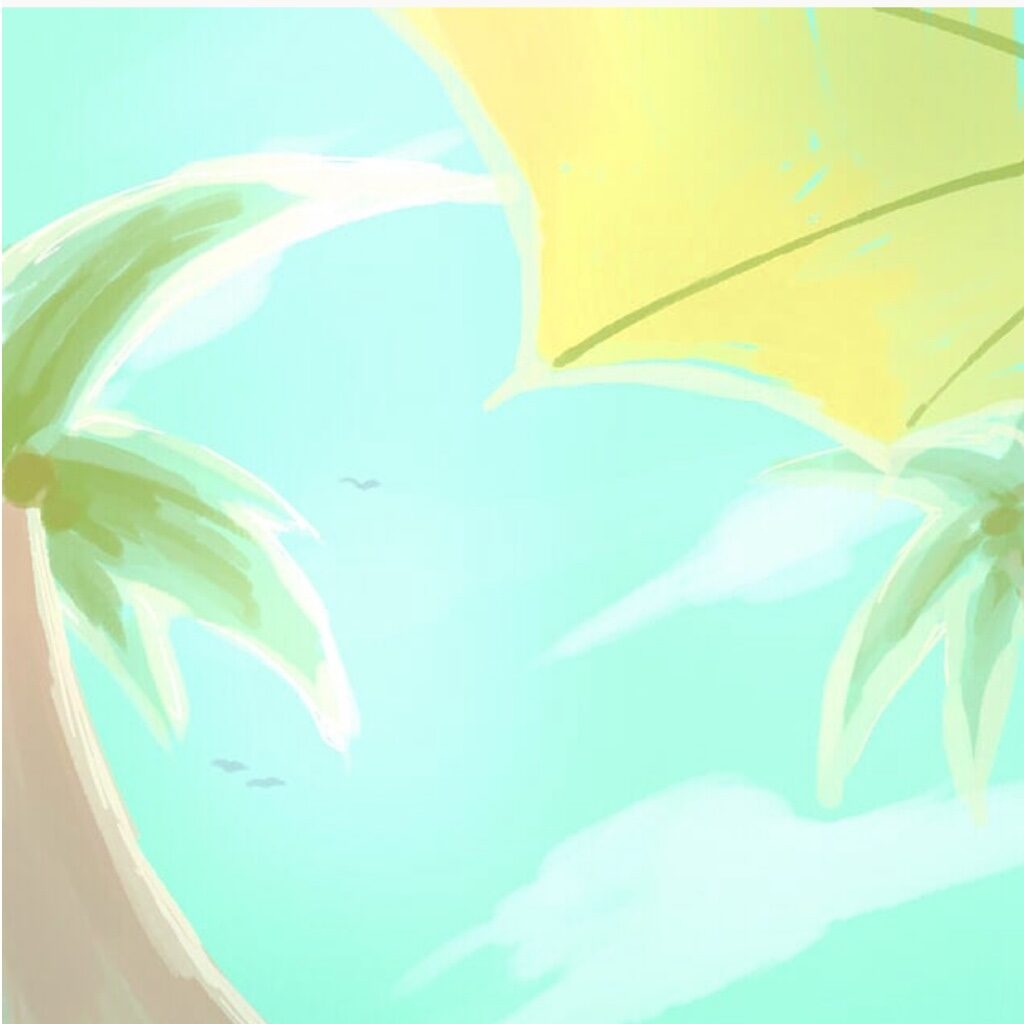Japan is a country on many travelers post-lockdown vacation bucket list. There are a variety of fun, interactive ways to recreate some of the country’s ancient wellbeing and mindfulness practices from afar. There are methods and products that highlight how some of Japan’s oldest traditions, from onsens to the art of Kintsugi, will help to inspire travelers to start planning their next restorative journey to Japan.
Beppu Onsen has several hot springs that vary in color and clarity for different ailments in persons. One of Japan’s most iconic wellness attractions, the Onsen (or hot spring), is naturally enriched with vitamins and minerals from subterranean volcanic activity beneath the archipelago. There are a variety of products travelers can buy to enhance their own Japanese-style bath at home; the Japanese brand Kracie has created a variety of bath salts which allows four people to bring the magic of the onsen into their homes. These bath salts mimic the vitamin and mineral composition of some of Japan’s most popular Onsens like Noboribetsu Onsen, Beppu Onsen, and Kusatsu Onsen.
Each packet of salts has a specific purpose, so people can mix and match the salts to create their desired wellness remedy.
Another way to enjoy the Japanese-style bath at home is to introduce the scent of Hinoki or Japanese cypress. This type of wood is used for traditional Japanese bathtubs and bath products in ryokans and local homes, as the scent has a relaxing effect on the body. Adding a few drops of Hinoki essential oil or scented candle can elevate any bath experience. For a moment of mindfulness, the Soto Zen Buddhist Associationalso recommends the practice of zazen meditation, a meditative discipline-specific to the Zen Buddhist tradition. In Japan, only two monasteries practice this form of Buddhism: the Daihonzen Eiheiji in Fukui Prefecture and the Daihonzan Sojiji in Kanagawa Prefecture. The association has a starter video to help anyone get started. Other forms of mindfulness include the practice of Shakyo, or hand-copying Buddhist
sutras. Shakyo originated before printing and was the primary way of diffusing the teachings of Buddha. Now, the practice is done as a form of prayer, and copying sutras can help someone obtain various blessings. Various kits can be found online. that comes complete with a brush pen, transcription paper, and a sutra. Directly translating to “golden journey,” kintsugi is the meditative Japanese art of repairing broken pottery with a special lacquer dusted in gold, silver or platinum and is tied to the philosophy of wabi-sabi, embracing the flawed or imperfect. The technique was originally invented in the 15th century and can now be practiced at home, using safe and hypoallergenic kits such as this one that has everything needed to successfully repair broken ceramics. Today, most gold used to fix ceramics with the kintsugi technique in Japan can be traced back to Kanazawa
For more inspiration, visit about Japan National Tourism Organization (JNTO). As the official tourism board of Japan, JNTO is involved in a wide range of promotional activities to encourage international travelers to visit Japan. Through a variety of campaigns and initiatives, JNTO is inspiring more American travelers to visit Tokyo, Kyoto, and beyond.
For more information about travel to Japan, visit JNTO on its Website






